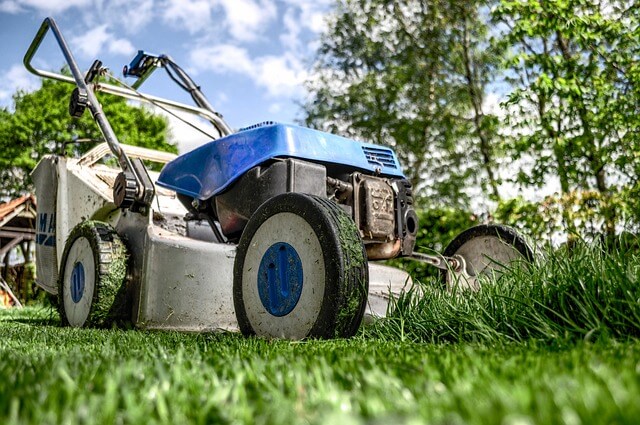Landscapers

Introduction to Landscaping Services
Landscaping involves designing, creating, and maintaining outdoor spaces to enhance aesthetics and functionality. Services range from basic lawn care, planting, and tree trimming to more complex tasks like building patios or installing irrigation systems.
Key aspects of landscaping include:
- Design & Maintenance: Customizing outdoor spaces with a balance of plant care and hardscape construction.
- Tools & Equipment: From hand tools (shovels, rakes) to power tools (mowers, trimmers) and machinery (excavators).
- Projects: Residential and commercial landscaping jobs of all sizes, from simple garden upkeep to large-scale installations.
What kind of services would Landscaper perform?
Here are common services a landscaper would perform:
- Lawn Care – Mowing, fertilizing, and aerating lawns.
- Planting – Trees, shrubs, flowers, and maintaining garden beds.
- Tree and Shrub Pruning – Trimming and shaping to promote healthy growth.
- Irrigation Systems – Installation and maintenance of watering systems.
- Patios and Walkways – Designing and installing hardscapes.
- Mulching – Applying mulch for aesthetics and plant health.
- Landscape Design – Creating plans for functional and visually appealing outdoor spaces.
- Water Features – Installing ponds, fountains, or waterfalls.
- Outdoor Lighting – Enhancing safety and aesthetics with landscape lighting.
- Seasonal Cleanup – Raking leaves, snow removal, and other seasonal maintenance.
How do I determine pricing for my area for services?
To determine pricing for landscaping services in your area:
- Research Local Competitors – Look at pricing from similar landscaping companies in your region to establish a baseline.
- Cost of Materials and Equipment – Factor in costs for plants, tools, fuel, and other materials.
- Labor Costs – Consider your time and effort required for each job.
- Project Complexity – Charge more for detailed design work or specialized services like hardscaping.
- Location-Based Pricing – Adjust rates based on local demand, neighborhood, and client expectations.
- Overhead Costs – Include insurance, marketing, and other business expenses.
How can I find work as a Landscaper?
To find work as a landscaper, you can:
- Network Locally – Let neighbors, friends, and local businesses know about your services.
- Leverage Online Platforms – Use platforms like Thumbtack, TaskRabbit, or even Facebook Marketplace to find local clients.
- Join Landscaping Associations – Connect with professionals through associations like the National Association of Landscape Professionals (NALP).
- Partner with Nurseries or Hardware Stores – Leave business cards or flyers at related local businesses.
- Create an Online Presence – Develop a website or social media page to showcase your work and attract clients.
How much would it cost for a starting Landscaper toolset? (Summary)
Essential Tools for a typical Landscaper
Safety Tools for Landscaping services?
Are there Landscaper communities or blogs that could be helpful?
Frequently Asked Questions (FAQ)
1. What services do landscapers offer?
Landscapers typically offer lawn care, planting, garden design, irrigation systems, hardscaping, tree trimming, and seasonal maintenance.
2. How do I determine pricing for landscaping services?
Pricing depends on local demand, scope of work, material costs, and labor. Research competitors in your area, or use job pricing calculators available online.
3. How can I find work as a landscaper?
Use platforms like Taskrabbit or Thumbtack, connect with local real estate agents, or build relationships with homeowners and businesses. Social media can also help attract clients.
4. What tools do I need to start as a landscaper?
Basic tools include shovels, rakes, pruners, a wheelbarrow, and a lawn mower. You’ll likely need additional power tools and protective gear as your services expand.
5. Are there safety concerns in landscaping?
Yes, landscapers face risks from heavy machinery, chemicals, and exposure to sun and extreme weather. Essential safety gear includes gloves, eye protection, earplugs, and sunscreen.
6. What are the most common challenges landscapers face?
Some challenges include unpredictable weather, client expectations, plant diseases, and handling heavy equipment safely.
Ad Notice:
ToolFinder is a site as a free service. We do not charge a fee, and so we have ads on our site to help support development cost and basic time input.
We may also have links on our site to others for products - known as affiliate links - you will Not pay more by utilizing these links, but the merchant would provide ToolFinder a fee for the referral. As an Amazon Associate I earn from qualifying purchases.

